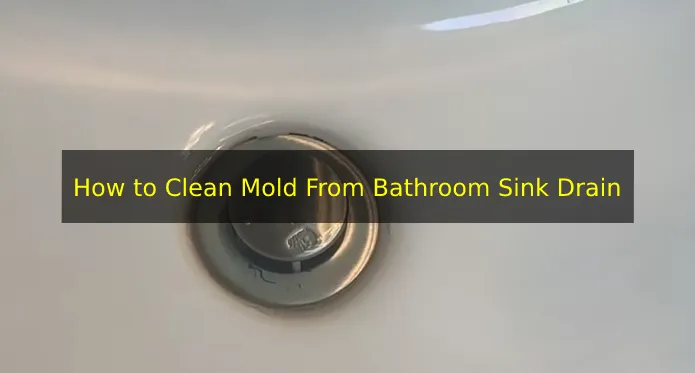Last Updated on November 14, 2023
Don’t let that gross mold buildup in your bathroom sink ruin the relaxation zone. Not only is it unsightly, but it can put you and your family’s health at risk if left unchecked. Fortunately, you don’t have to suffer from this problem any longer.
Scrubbing your bathroom sink drain with white vinegar and brush will ensure that all those food particles for mold don’t stand a chance and no more disgusting odors in the bathroom. So don’t let mold take over your bathroom sink.
Let’s explore what causes this problem, why we must counter it, and how we can tackle it successfully without sweating.
How to Clean Mold From Bathroom Sink Drain: Easy DIY
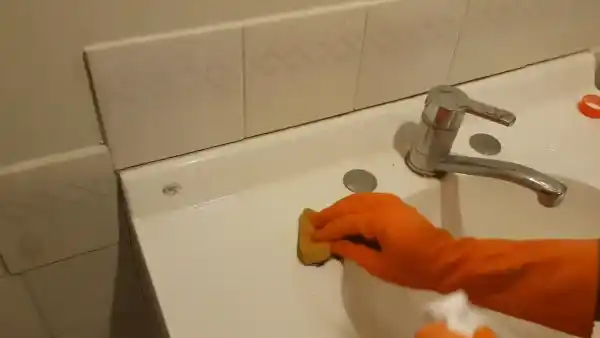
Cleaning the bathroom sink drain is often difficult, as mold, grime, and debris can easily accumulate. It is important to clean the sink drain regularly as it can cause health issues if mold builds up and spreads.
To help make this task easier, here is a step-by-step procedure on how to clean mold out of the bathroom sink drain:
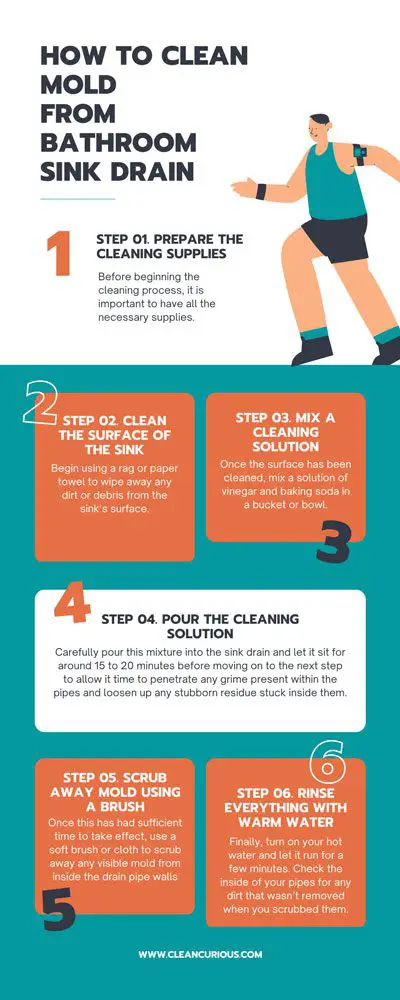
STEP 01. Prepare the Cleaning Supplies
Before beginning the cleaning process, it is important to have all the necessary supplies. This includes gloves, rags, a brush, a cleaning solution, and buckets for collecting waste. Make sure you have enough supplies to clean effectively without running out of materials mid-way through the process.
STEP 02. Clean the Surface of the Sink
Begin using a rag or paper towel to wipe away any dirt or debris from the sink’s surface. This will help ensure that any remaining grime does not become part of the cleaning process and will also remove any dangerous substances, such as bacteria or fungi, which could be harmful when exposed to water or other liquids during cleaning.
STEP 03. Mix a Cleaning Solution
Once the surface has been cleaned, mix a solution of vinegar and baking soda in a bucket or bowl. This mixture should be mixed thoroughly until no lumps are left for it to be effective.
If there is too much liquid in this cleaning solution, add more baking soda until it reaches an even consistency before continuing with the next steps.

STEP 04. Pour the Cleaning Solution
Carefully pour this mixture into the sink drain and let it sit for around 15 to 20 minutes before moving on to the next step to allow it time to penetrate any grime present within the pipes and loosen up any stubborn residue stuck inside them.
STEP 05. Scrub Away Mold Using a Brush
Once this has had sufficient time to take effect, use a soft brush or cloth to scrub away any visible mold from inside the drain pipe walls and around its exterior surfaces, including handles and knobs, if applicable.
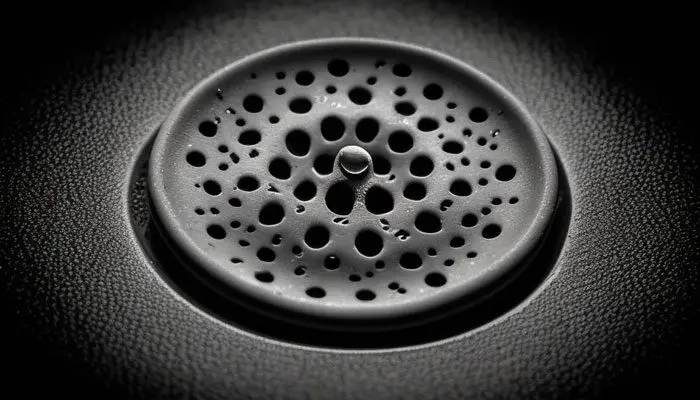
Be sure not to apply too much pressure when doing this, as excessive force could damage delicate parts within your plumbing system, leading to costly repairs in future maintenance operations!
Step 06. Rinse Everything With Warm Water
Finally, turn on your hot water and let it run for a few minutes. Check the inside of your pipes for any dirt that wasn’t removed when you scrubbed them. If you see any, flush out the pipes with cold water at full pressure until all the dirt is gone.
You may also need to apply some vinegar again afterward just in case some was missed earlier to avoid further build-up over time due to its natural disinfectant properties against fungi growths like those found within drains.
What Causes Bathroom Sink Drain Black Mold?
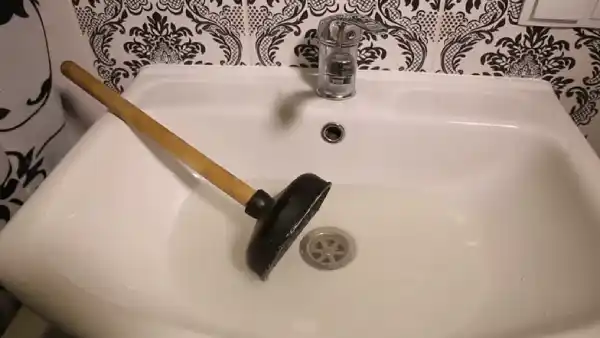
The bathroom sink is a common gathering point for various unwanted materials, including bacteria that can lead to black mold. Common culprits include hair, hand soap, shaving cream, skin cells, lotion, toothpaste, and phlegm.
These items mix in the drain and form a thick build-up of muck that can cause slow draining or even clogged drains. The combination of organic materials and warm moist conditions in the bathroom sink causes this buildup.
Water sitting in the drain can create an environment where bacteria and other microorganisms thrive, leading to further buildup in the pipes. This buildup restricts the flow of water and leads to black mold forming around the edges of the sink bowl and up through the drain itself. As a result, the color of sinks can also change and even fade.
What are the Food Sources of Mold in the Bathroom sink drain?
In bathroom sink drains, there are several potential food sources for Molds living in the drain. One example is organic matter, such as dead skin and hair, that can get stuck inside sink drains. These materials can feed the fungi and help them thrive in wet areas like the bathroom sink drain.
Also, dirt and other debris from bathing may accumulate inside a sink drain over time and serve as additional food sources for molds. Organic materials like shampoo, conditioner, soap residue, body wash, and other hygiene items may also act as nutrition for molds living inside a sink drain.
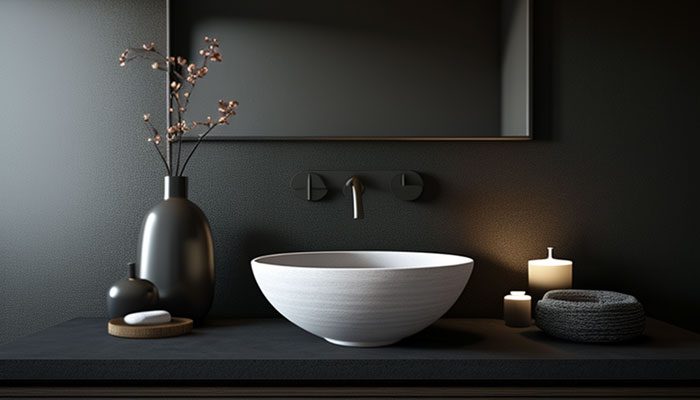
These substances contain various organic compounds that molds can break down and use to survive and reproduce on bathroom surfaces or around the sink drain. Dust particles from nearby surfaces like window sills or countertops may find their way into a sink drain and offer nourishment to mold colonies inside it.
Why is it Important to Counter the Bathroom Sink Drain Mold?
It is essential to take action against bathroom sink drain mold, as it can cause various health issues in humans. Mold growth in bathroom sinks can be caused by dampness, poor ventilation, and inadequate cleaning.
The presence of mold in the environment can lead to respiratory problems, allergies, headaches, and other ailments.
Also, if left untreated, it can spread beyond the sink area and affect other home areas. Proper precautions, such as regularly cleaning and drying the sink area, are essential to preventing mold growth.
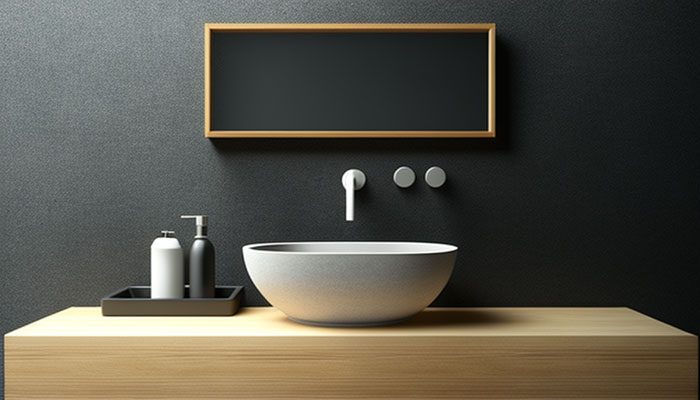
Several strategies can be employed to eradicate bathroom mold in cases where mold is already present. These include using baking soda, vinegar solutions, or particular products specifically designed to treat mold.
It is also essential to follow up with regular maintenance activities, such as periodically cleaning the sink area and ensuring adequate ventilation to ensure that any residual mold does not return over time.
How Can Mold in Bathroom Sink Drains Make Anyone Sick?
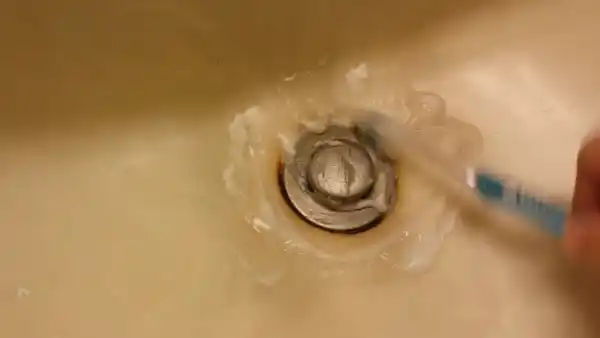
In the bathroom sink drain, mold can form from the combination of water and organic matter, such as soap scum and food particles. As this mold grows, it releases toxic particles called mycotoxins into the air.
When these particles are inhaled, they can cause various health issues, including sneezing, runny nose, itchy eyes, coughing, chronic fatigue, headaches, depression, dizziness, and irritability. People may not realize it immediately, but if mold grows in their bathroom sink drain, they might be experiencing some or all of these symptoms over time.
Not only will this mold contribute to poor health, but it can also damage surfaces by creating an unclean and unsightly environment. To prevent its growth and spread, regular cleaning should take place to remove any excess moisture or organic matter that could help promote mold growth.
Any leaks or other issues around the sink must be addressed so that water won’t pool, providing a breeding ground for mold spores. A bathroom sink drain with an active colony of mold poses a serious health risk for everyone in the house, as even small amounts of exposure to mycotoxins can cause long-term illnesses.
What Kills Mold Better, Bleach or Vinegar in Bathroom Sink Drain?
In the battle of bleach vs. vinegar to kill bathroom sink mold, it is clear that white vinegar is the winner. Vinegar has powerful antifungal properties and is less toxic than bleach, making it a much better choice for cleaning mold in your home. It is also a more cost-effective and environmentally friendly way to remove mold from the sink drain.
One of the significant advantages of using white vinegar in place of bleach is that it is much safer for people and the environment. White vinegar is non-toxic and biodegradable, making it an ideal choice for those with allergies or sensitivities to harsh chemicals.
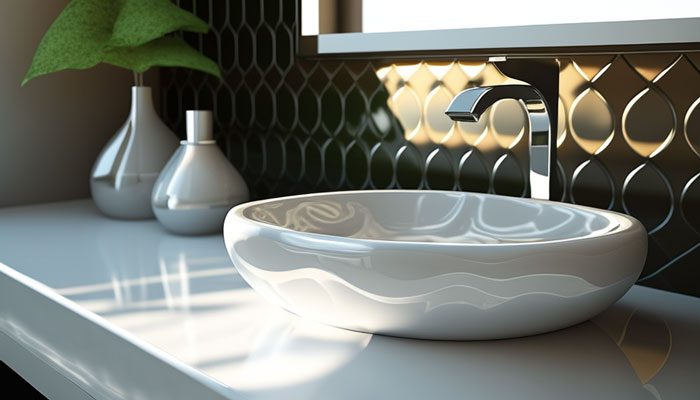
Also, vinegar contains acetic acid, which disrupts the surface cells of mold spores and prevents them from reproducing. It also has a milder odor than bleach, making it preferable when strong odors are inappropriate.
Multiple applications of white vinegar will help rid the sink drain of all mold signs, even after thorough scrubbing with a brush or sponge.
Is it OK to Pour Vinegar Directly Down the Bathroom Sink Drain?
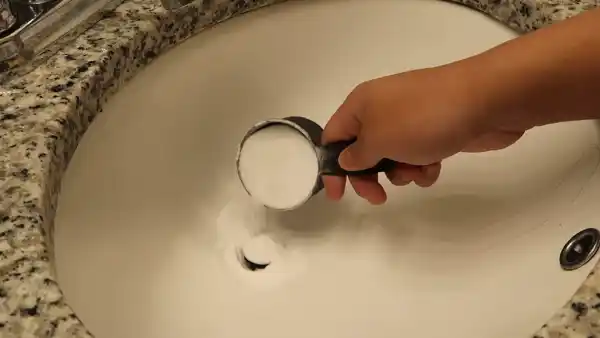
It is generally safe to pour vinegar directly down a bathroom sink drain as long as precautions are taken to ensure that the vinegar will not damage any pipes or plumbing fixtures. Vinegar has mild acidic properties that help break down organic material and remove build-ups, such as hair and soap scum.
But because vinegar is still an acid, you should use it cautiously to prevent the corrosion of pipes made from metals like copper or iron. Baking soda can also be used in combination with vinegar for cleaning drains.
When baking soda is poured into a drain, followed by vinegar, the two substances react together to produce carbon dioxide bubbles which help flush clogs out of pipes. It’s also good to boil water before pouring it down any sink drain to dissolve solidified materials like grease and food particles that can cause blockages.
Banish Bathroom Sink Drain Mold: Easy Steps To Clear Your Sink Drains
Mold in your bathroom sink drain may seem intimidating, but many solutions are available. With the right cleaning products, techniques, and preventive measures, you should be able to combat this issue easily and efficiently.
You can keep mold away by regularly checking your sink drain for any signs of buildup or water damage and ensuring adequate ventilation in all home areas. If you maintain this simple routine, your bathroom will stay clean and free from this unsightly fungus for years.

